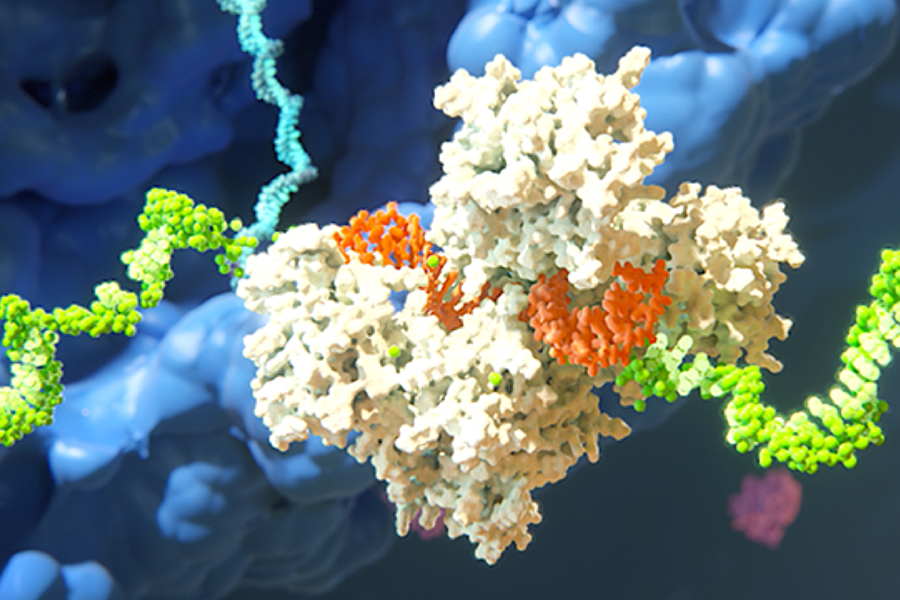Consortium in Action: Scientists Lay a Foundation for New Drug
December 3, 2020
When the U.S. Food and Drug Administration (FDA) announced the approval of a new drug to treat acute intermittent porphyria—a rare, debilitating and potentially life-threatening condition—it marked a culmination of years of studies to understand the disease’s basic biology and progression over time in patients. Many of those studies were led by researchers from the Porphyrias Consortium, part of the NCATS-led Rare Diseases Clinical Research Network (RDCRN).
Porphyrias are a group of inherited disorders caused by enzyme defects in the production of heme, an important component of many proteins in the liver. Acute intermittent porphyria is among a group of four diseases – collectively called acute hepatic porphyrias – that are characterized by severe, often recurrent, pain that can last for days Patients are often hospitalized for acute attacks, which can lead to nerve, liver and kidney problems over time. The new drug reduces the enzyme activity that is increased in the attack.
The newly approved drug—givosiran, made by Alnylam Pharmaceuticals—is based on a natural technique known as RNA interference (RNAi). RNAi therapy silences the gene that makes the enzyme, reducing the concentration of neurotoxic compounds and preventing acute attacks.
The Porphyrias Consortium—which worked closely with a different company to evaluate the first treatment for another type of porphyria, a treatment that was approved by the FDA in October—played a pivotal role in developing the new treatment.
“We worked closely with the company and helped design the clinical studies and then carried them out at our university medical centers,” said consortium principal investigator Robert Desnick, M.D., Ph.D., a medical geneticist and porphyria expert at the Icahn School of Medicine at Mount Sinai. “The consortium’s pioneering studies on the porphyrias helped lay the foundation that the company needed to develop the drug and design the trial.”
The consortium’s six sites and some of its satellite research centers were among the study locations for Alnylam’s recent clinical trials. In addition, the consortium patient advocacy group, the American Porphyria Foundation, did much of the trial recruitment. The Foundation works closely with the consortium in research planning and coordination.
The Porphyrias Consortium, which is supported by NCATS and the NIH’s National Institute of Diabetes and Digestive and Kidney Diseases, is one of 20 RDCRN consortia. Each is focused on a group of related rare diseases. Consortia researchers gather important natural history information about how the diseases progress over time, conduct studies into the diseases’ basic biology, and evaluate potential disease markers that help in the design and evaluation of investigational therapies. The primary focus of the RDCRN is clinical research, and the network does not generally support clinical care outside of research activities. A goal is for such research efforts to eventually lead to clinical studies of potential therapies with industry partners.
“This is the way RDCRN groups are supposed to work,” noted RDCRN program officer Tiina Urv, Ph.D., in the NCATS Office of Rare Diseases Research. “Scientists and clinicians collaborate and work with patients through advocacy groups to make advances in understanding rare diseases and developing new treatments.”



